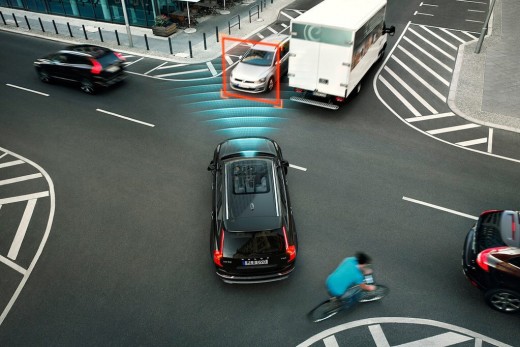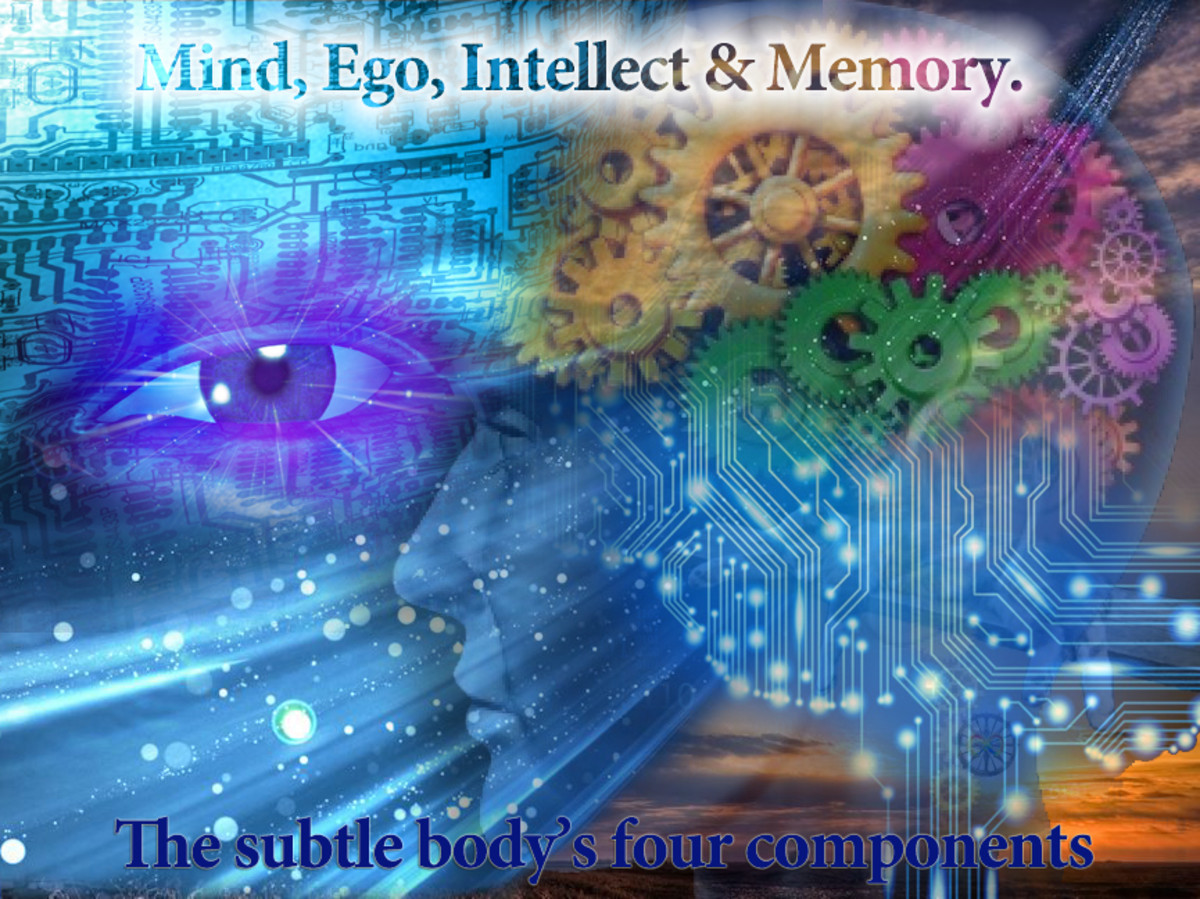The Human Brain Thesis - Part VI

Introduction
Recent developments in AI and various applications have demonstrated the difficulty of replacing the human touch. Why? Prime examples are the self driving cars and computer automated trading In the stock market.
This article is a continuation of a series on the human brain and how it relates to the development of Artificial Intelligence (AI).
- Apr. 2018
Background
What does the human brain have that is hard for AI to duplicate? That is the key question. It has little to do with compute power or speed of processing. It is human cognition at the highest level. Most all humans, even the ones that have little or no education, possess it. It is the intellengence that allows a human to learn and adapt and in some cases invent new ways to deal with common everyday problems.
Case in point is how a driver can manuver around an obsticle on a city street. With very small clearances, a human driver can drive past a doubled parked vehicle on a busy Manhattan street. A self driving vehicle, no matter how sophisticated will stop and wait for the obstruction to clear. That is “street smart” which the computer program cannot learn or possess. How will a program determine in what circumstance it is OK to break a rule that is set in stone?
Another example is defensive driving techniques. We are taught to drive defensively when approaching an intersection. This allows us to avoid some collusions due to the fault of the other driver. Even though the rule clearly states that green is go and red is stop, sometimes, a human driver would either not pay attention or break the rule in an attempt to beat the light. A defensive driver will anticipate this and try to stop his vehicle to avoid a collusion which may cost damage or injury. This is something we are taught in defensive driving classes. Can a computer guided car, do the same? It must distingush the case between a simple intersection and a complex busy environment where multiply cars are converging. It needs to focus on the cars that may stay and ignore the ones that are in the vincinity but not a threat.
How does a human accomplish this task? He or she rely on our many senses and our intuition. He can see the approaching cars, perhaps see the driver through the windshield. He can compute the speed roughly and anticipate its trajectory, whether it is speed up or slowing down or maintaining the same speed. He can look for clues that are not so obvious. All this assessment goes on in a split second. He then decides whether it is safe to make the crossing while he has the green light.
So the simple rule of go when gree and stop on red or yellow is not so helpful in this case.
What Is Human Intuition?
This is something hard to define or quantify. It is a six sense if you will. It is something that is not absolute. That is what makes it so hard to program into a computer. The actions are not guarenteeded to reach a certain outcome. For example, in the defensive driving scenario, there will be times no matter what the driver does, it will result in a crash. There is just not enough time to react. It is OK. We are just trying to avoid the accident cases when a mistake by one driver can be offset by the actions of another. It is also the case that nothing may happen. From an observer, one cannot tell if the driver is acting in a defensive manner. This is what is frustrating for the programmer. How do you tell a computer to act one way or another when it is not a clear binary decision?
Computer learning and cognitive computing or neural networks are suppose to do this. They are discovering it is not a programmable solution. It may require a vast database of knowledge to make these kind of decisions. Based on human experiences over a lifetime of driving, a driver accumulated enough evidence to guide him and make a good decision.
The comparable computer response is trying to duplicate this phenonmenon. By having the computer or robot “learn” as it goes and capture the various nuances of driving, it will take some time but hopefully in a few hundred thousand miles of driving, it will be able to achieve a level of competence.
Summary
In this article, I am just asking some basic questions. What is it about human intellegence that is unique? And how can a computer program achieve similar success?
© 2018 Jack Lee








